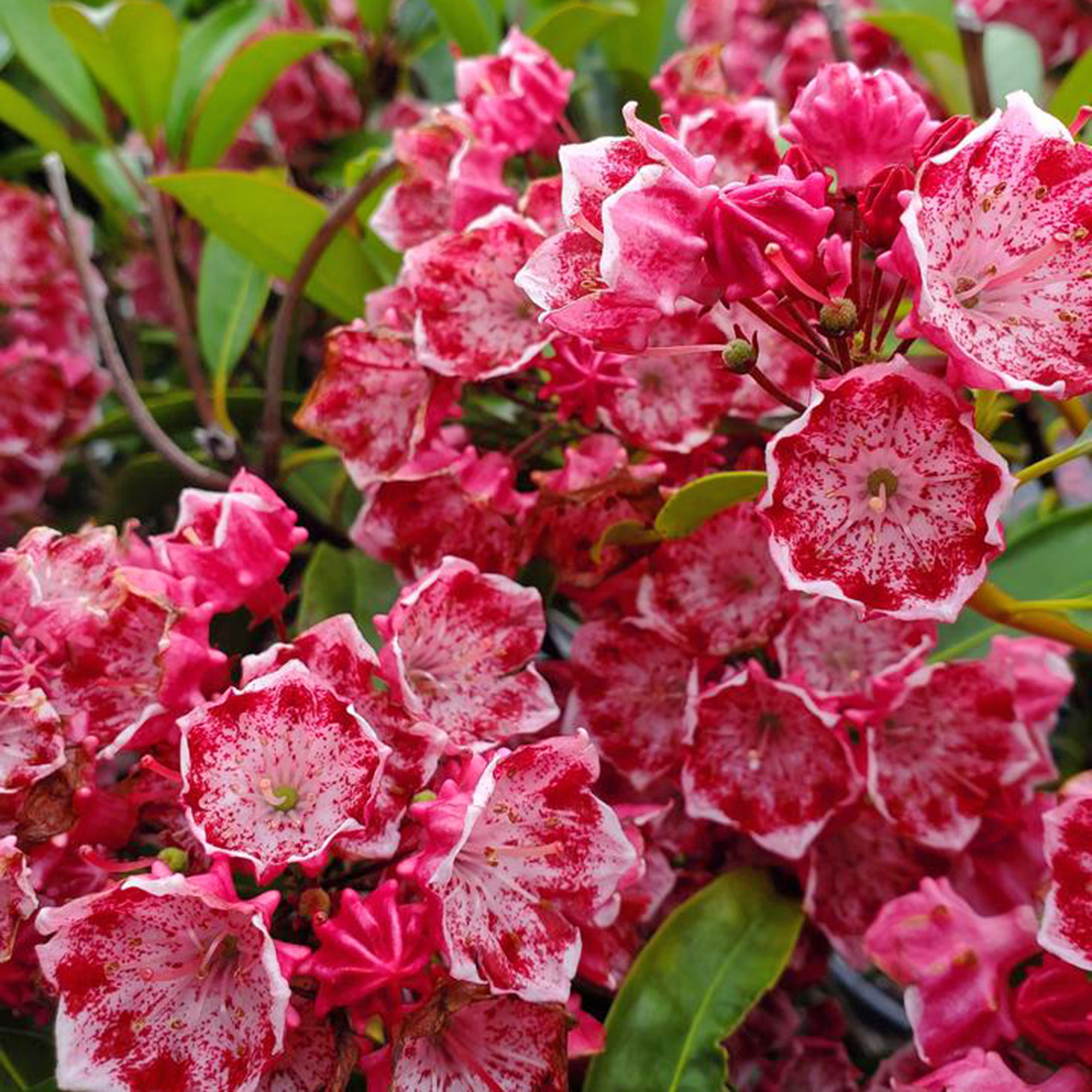8 Flowering Shrubs You Must Prune Before Winter Ends For Maximum Blooms This Summer
Many summer-flowering shrubs should be trimmed before winter ends, so don’t wait. Get out there on a sunny day and prune your shrubs for more flowers and healthy growth in spring and summer.
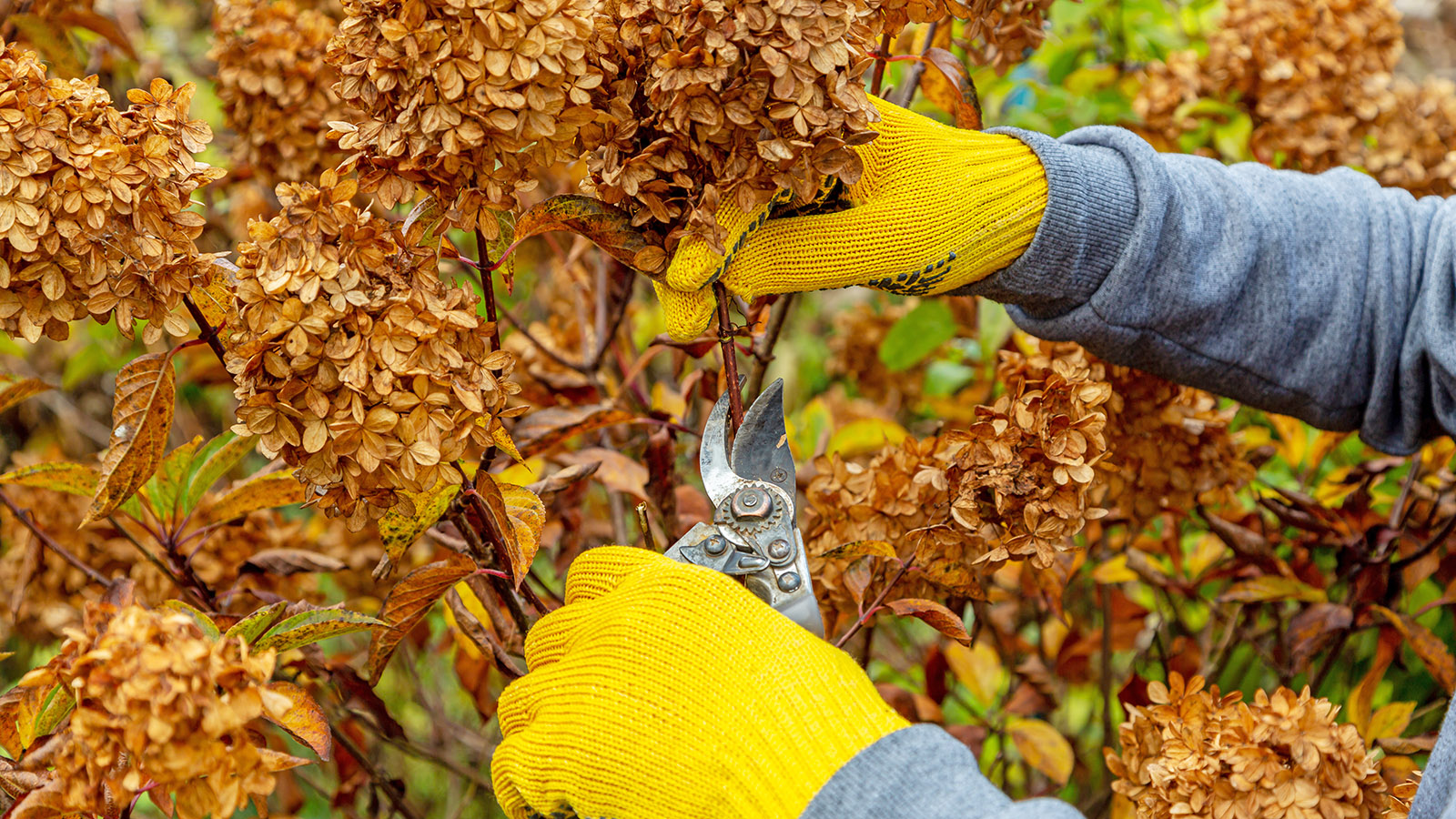

Amy Draiss
It’s late winter, spring is just around the corner, and you’re eager to get out in the garden. Fortunately, now is the time to prune and shape certain flowering shrubs. Know which shrubs are best pruned in late winter or very early spring and tackle this chore before you get busy with planting and other yard work.
Winter pruning has several benefits that make braving the cold worthwhile. It gives the eager gardener something productive to do while awaiting true spring weather. It’s also easier to see the overall shape and all the branches of a shrub, which helps visualize how to prune it. The ground is probably still frozen, so you can get to tricky areas for trimming without sinking in the mud.
Pruning while the plant is dormant allows it time to recover and put more energy into new growth when spring arrives.
All the elements are there to shape, trim, and guide your shrubs to healthy and abundant growth. But which shrubs should you be pruning now, before winter ends?
What to Prune Before Spring
Flowering shrubs fall into two categories when it comes to the timing of pruning. The timing has to do with the production of blooms.
Spring-blooming shrubs flower on the last season’s growth, so you can trim them later in spring or early summer after they’ve flowered.
Summer-blooming shrubs flower on new growth. You want to prune these shrubs before the end of winter and before they put out that new growth. If you trim them later, you’ll be trimming off buds and will have fewer summer flowers. Here are some examples of flowering shrubs to trim now.
Sign up for the Gardening Know How newsletter today and receive a free copy of our e-book "How to Grow Delicious Tomatoes".
1. Smooth and Panicle Hydrangea
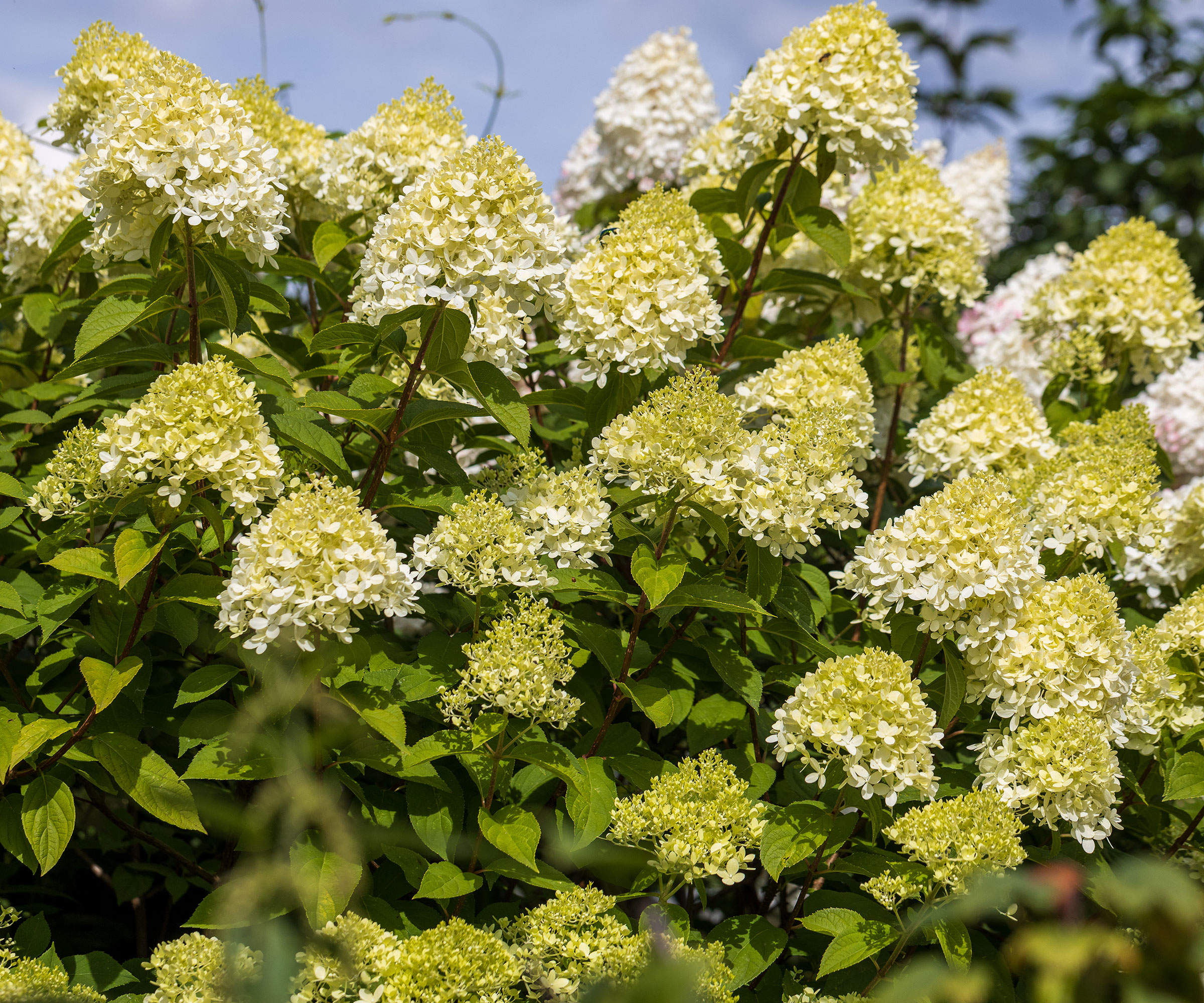
Know your hydrangea varieties because type matters when it comes to pruning. Panicle (H. paniculata) and smooth hydrangeas (Hydrangea arborescens) bloom on new growth. Prune these hydrangeas in late winter or very early spring to ensure you don’t cut off summer’s buds.
Both types tolerate a pretty aggressive trimming, so aim to remove a third to a half of the shrubs to promote fresh growth.
2. Beautyberry
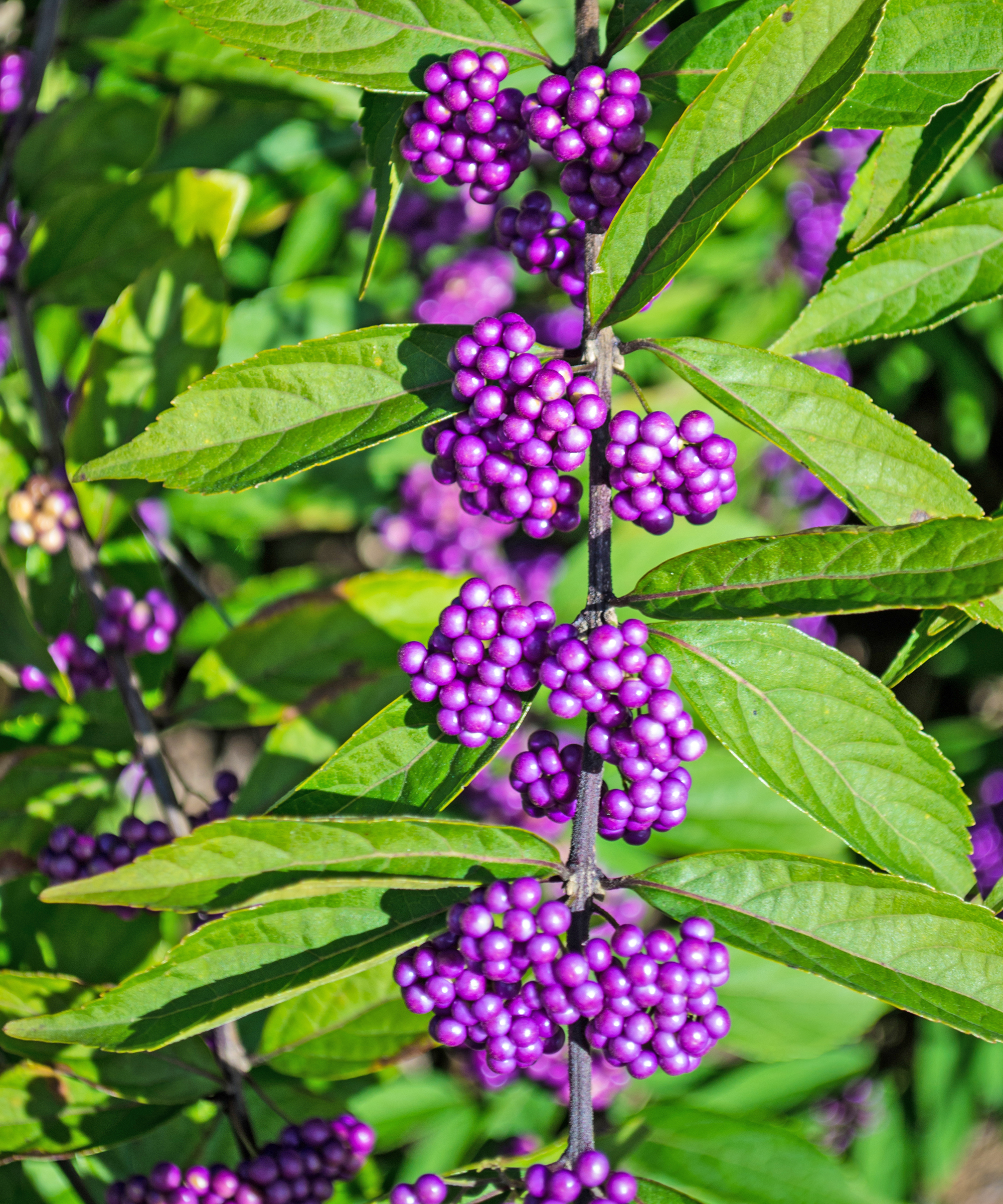
Beautyberry (Callicarpa americana) is a North American native shrub that flowers in summer and then produces striking, bright purple berries. The berries may last well into winter, so don’t rush pruning. Do, however, trim before winter ends and before new growth appears.
You can prune beautyberry conservatively, trimming back a third of the branches. But many gardeners prefer to trim all the branches back to about a foot above the ground. This strategy will maintain a compact, dense shrub that produces prolific flowers and berries.
3. Butterfly Bush
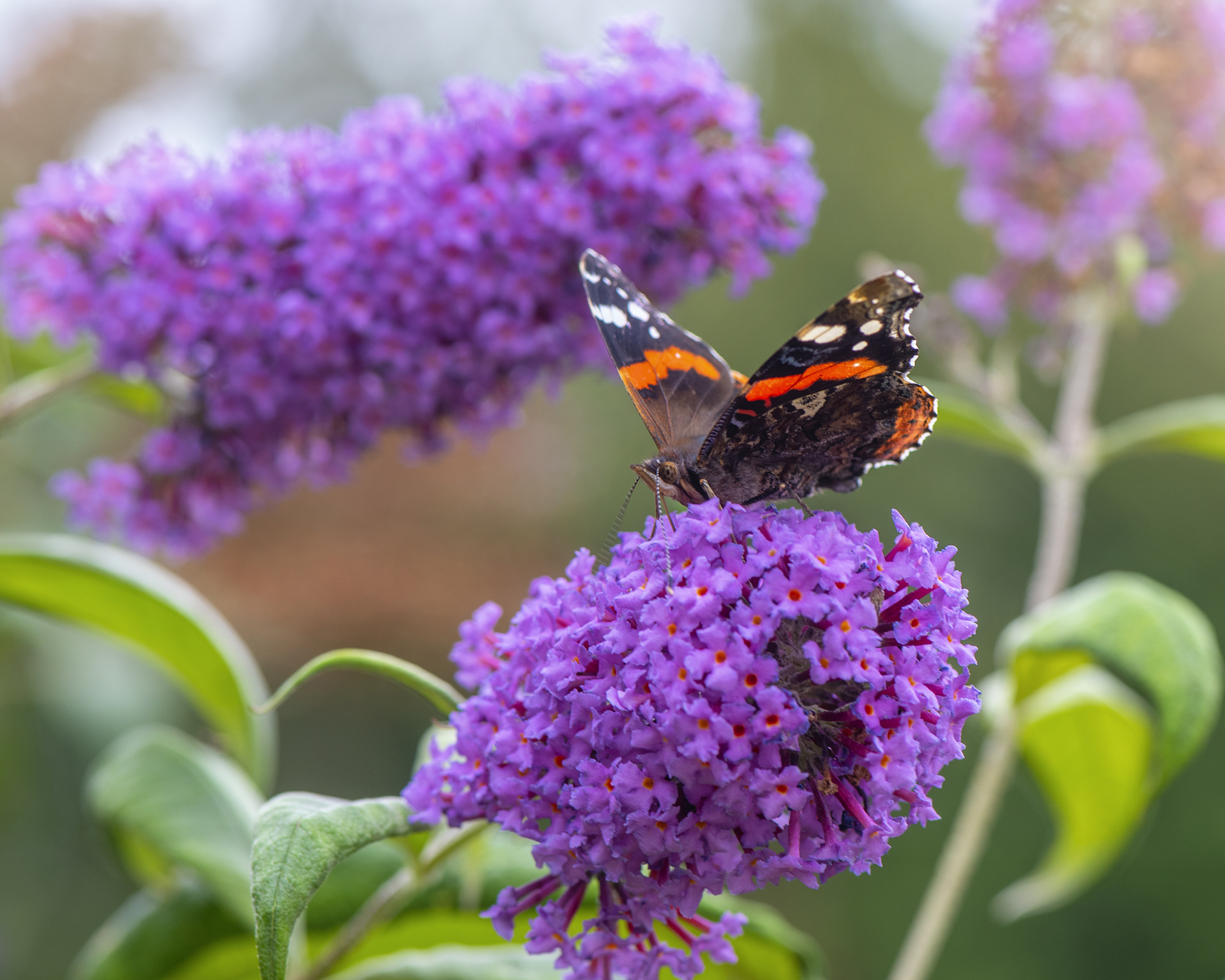
Butterfly bush (Buddleia davidii) has a naturally arching growth habit and heavy, extravagant clusters of small flowers that attract butterflies.
It grows fast and vigorously, so when pruning butterfly bush, don’t be afraid to cut it all the way back each winter. This will stimulate healthy new growth and profuse summer flowering.
4. Summersweet
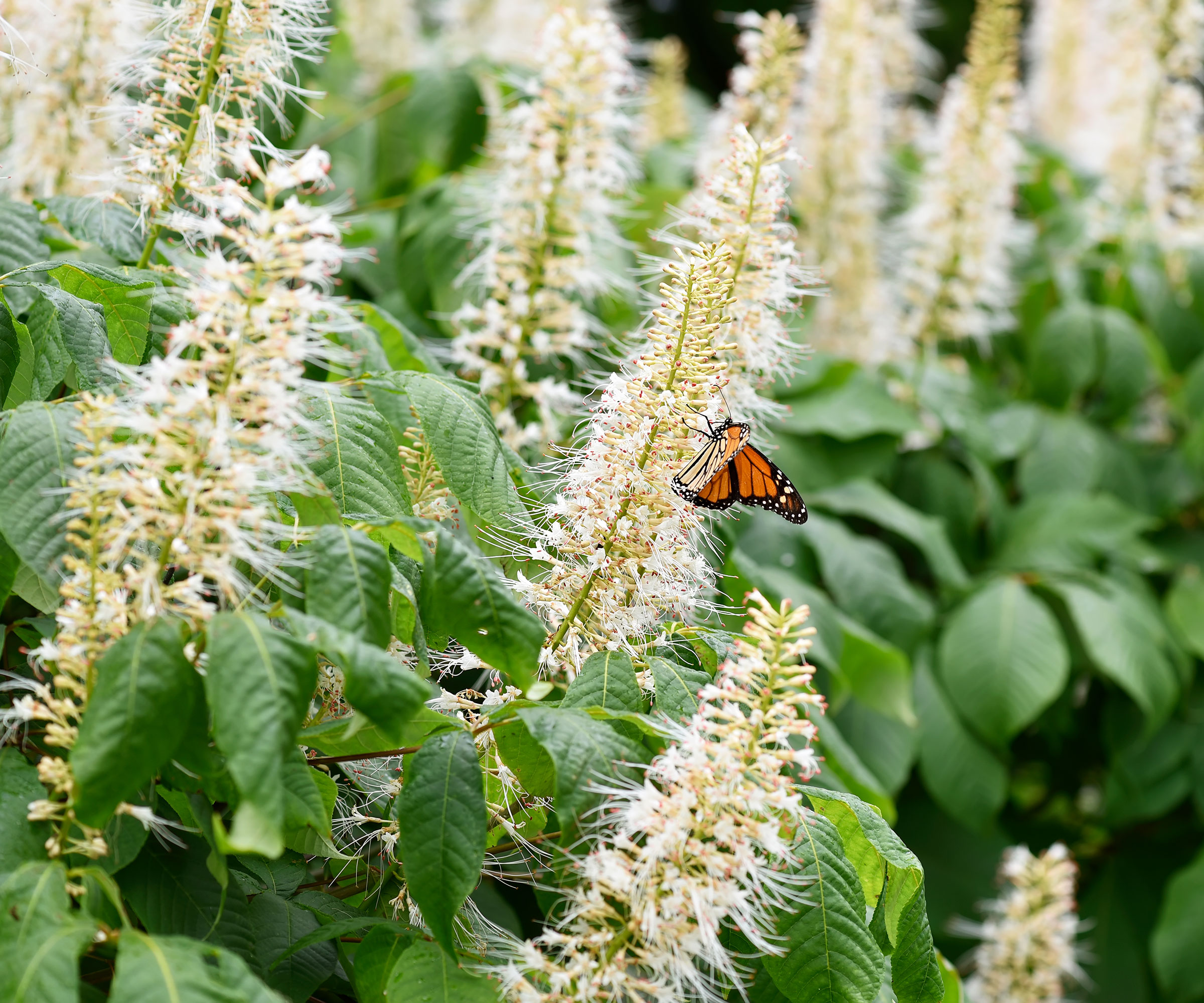
Summersweet (Clethra alnifolia) blooms in late summer with long, upright panicles of white, sweet-smelling flowers. Native to eastern North America, summersweet is a dense, medium-sized shrub that benefits from winter pruning.
You can prune summersweet minimally to keep it natural, but at least trim off damaged, dead branches, and suckers. You can also prune this shrub more aggressively to maintain a smaller size and more formal shape. Remove up to a third of the plant in any season.
5. Potentilla
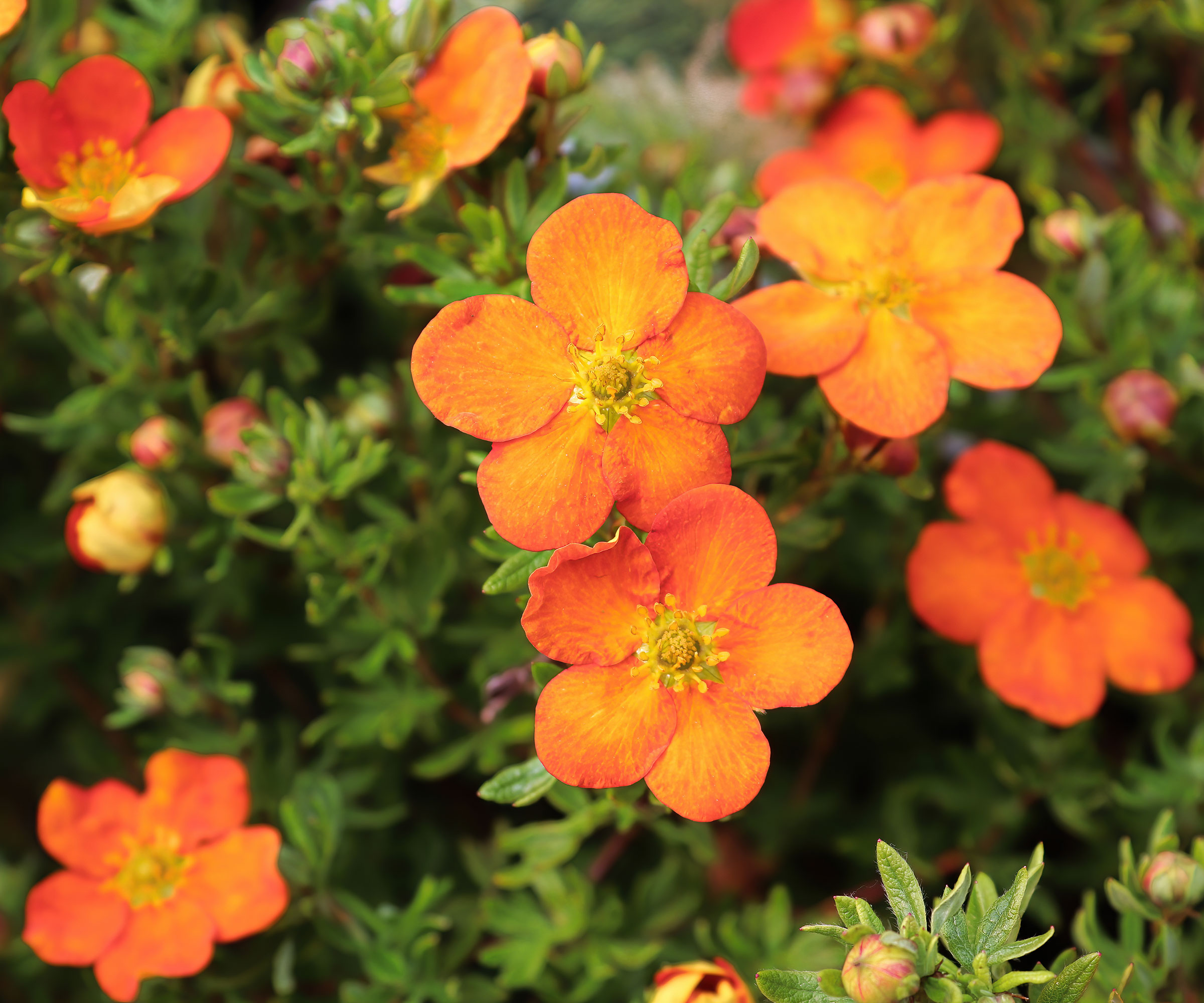
Potentilla (Potentilla fruticosa), also known as cinquefoil, is a small, summer-blooming shrub. The pretty little flowers look like anemones and come in a variety of colors.
When trimming in late winter, remove the older, woody branches. These won’t produce any flowers. Perform light trimming most years. Every few years, trim it back by half or even more to reinvigorate the shrub.
6. Japanese Spirea
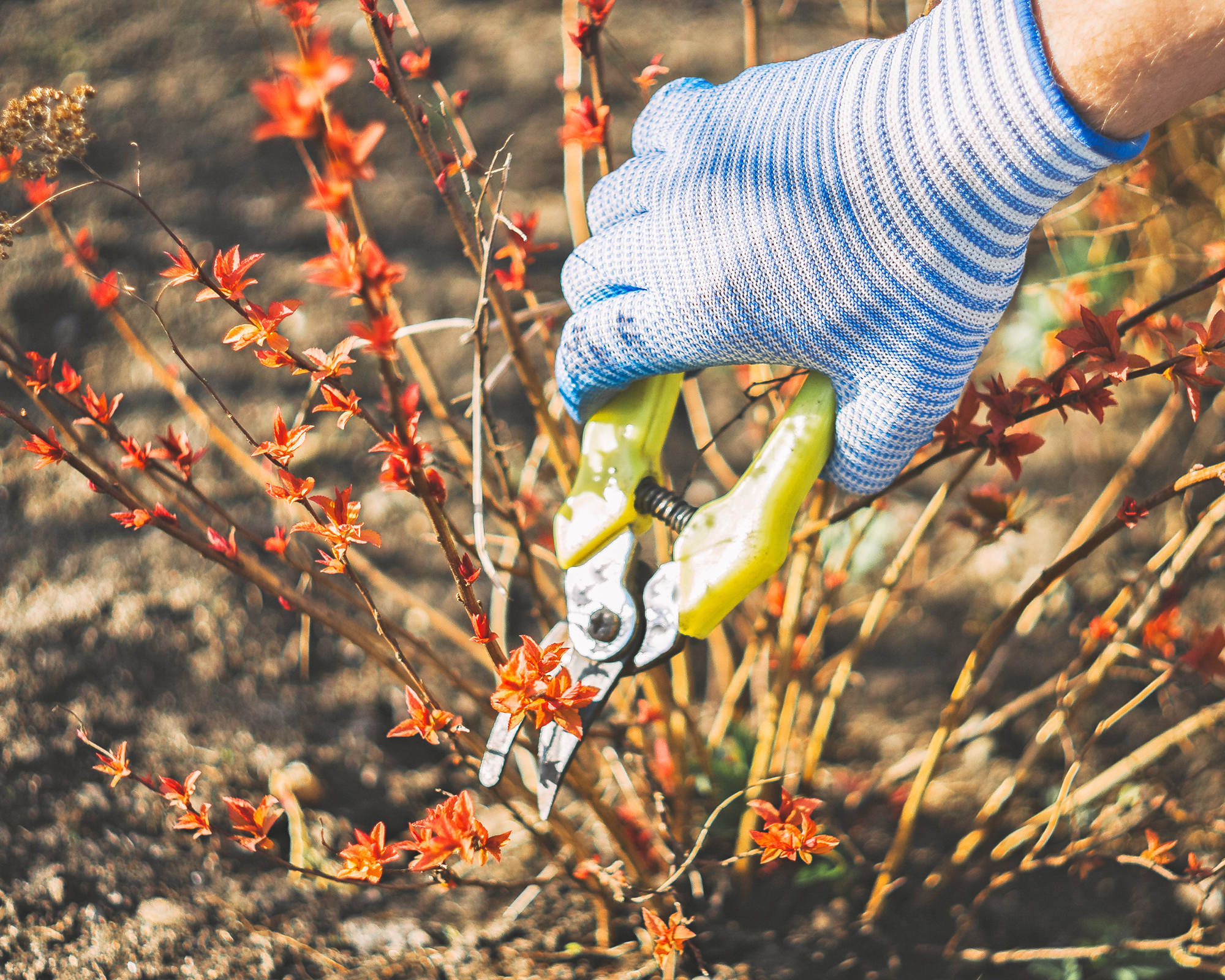
There are many types of spirea, including summer-blooming types like Japanese spirea (Spiraea japonica). Late winter is the right time to trim these easy and showy flowering shrubs.
To prune spirea, trim back the older stems, which will be very woody. This stimulates and makes room for new growth. Remove up to a third of the shrub while shaping it to make it look tidy.
7. Abelia
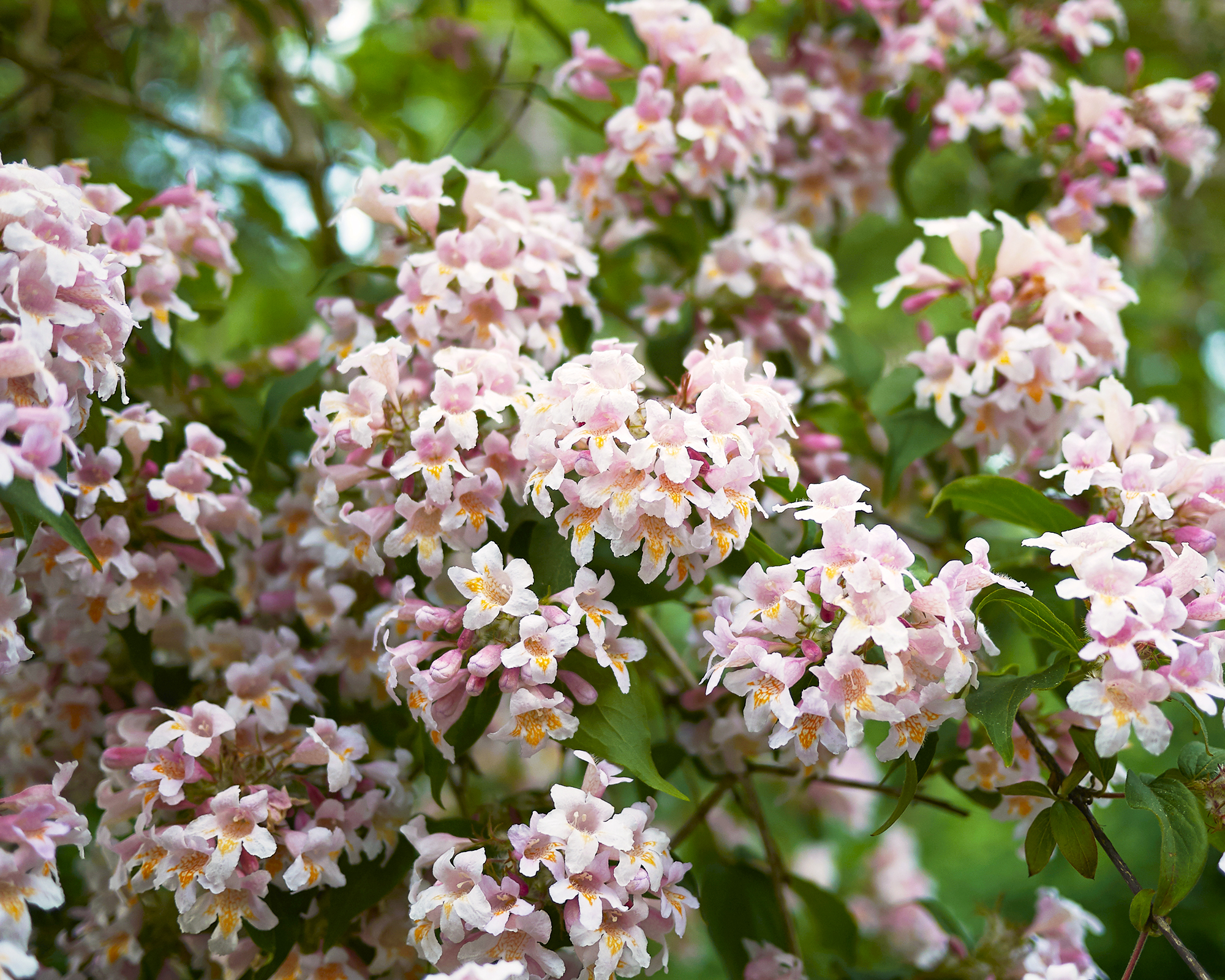
Abelia (Abelia x grandiflora) is a hybrid honeysuckle relative that rewards the gardener with abundant growth, bell-shaped flowers and a sweet smell. As it flowers on new growth, this pretty shrub must be trimmed in late winter.
Careful abelia pruning is necessary to maintain the naturally graceful and arching shape of this shrub. Remove dead or damaged branches and selectively trim about a third of other branches to the ground to promote new growth. Remove any watershoots, which are typical, as they develop.
8. Rose of Sharon
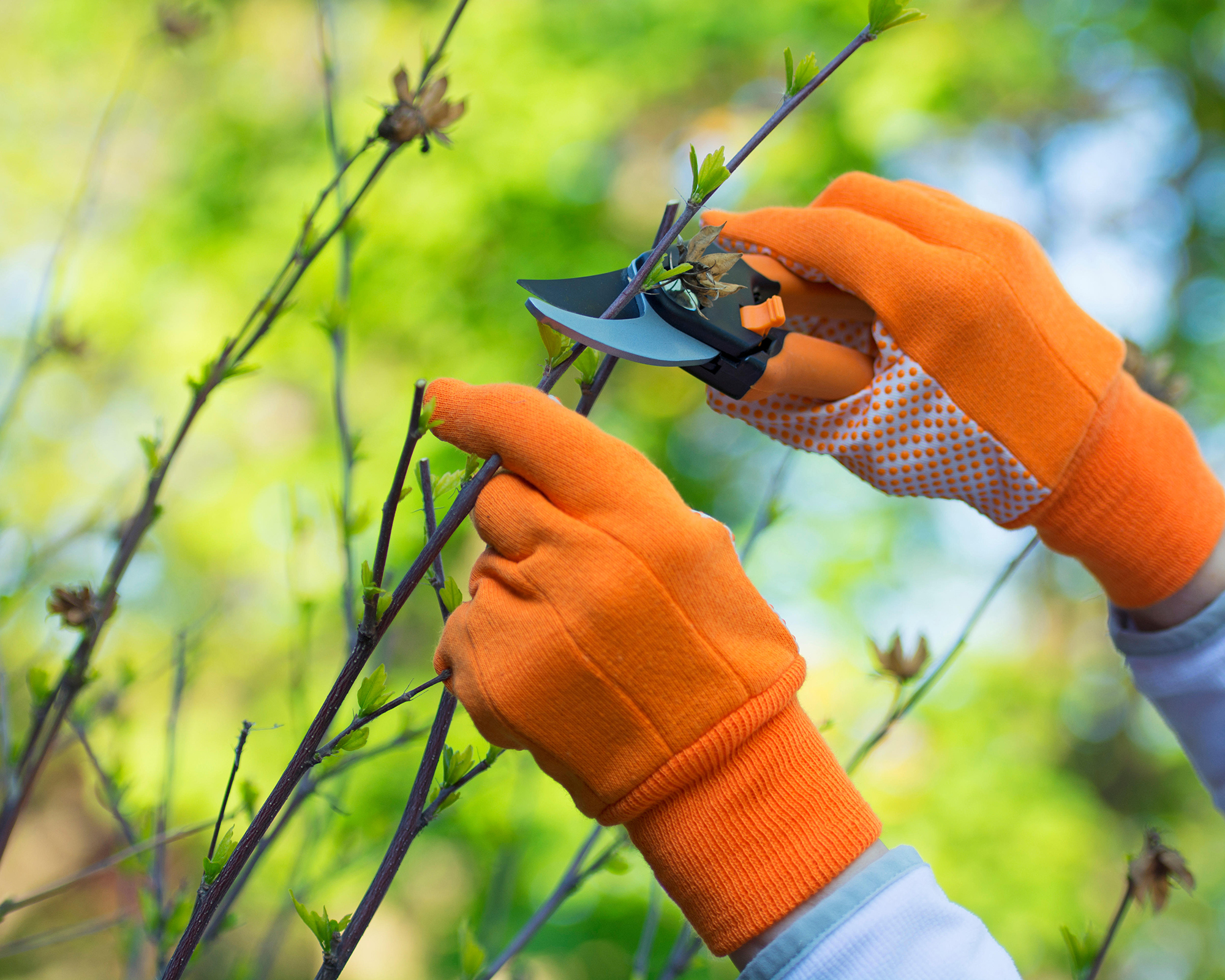
Rose of Sharon is a large shrub that can look untidy and tree-like when overgrown. It’s easiest to trim in winter when you can see all the branches. Start by removing damaged, dead branches and any crossed branches. You can also trim it down to size and shape the shrub.
As you prune rose of Sharon, decide if you want bigger flowers or a greater quantity of smaller flowers. For bigger blooms, trim stems down to one-third of their length. Trim less aggressively to get more, smaller blooms.
More Plant Inspiration
- Discover the 7 must-sow flower seeds for February to ensure a dazzling summer garden.
- Get busy propagating plants in time for spring with 6 of the best options for cultivating winter cuttings.
- Perk up your property line with lush fence landscaping ideas to complement your garden design.
- Find the very best outdoor plants for garden beds and borders, or your favorite containers, in the Gardening Know How Shop.

Mary Ellen Ellis has been gardening for over 20 years. With degrees in Chemistry and Biology, Mary Ellen's specialties are flowers, native plants, and herbs.
- Amy DraissDigital Community Manager
